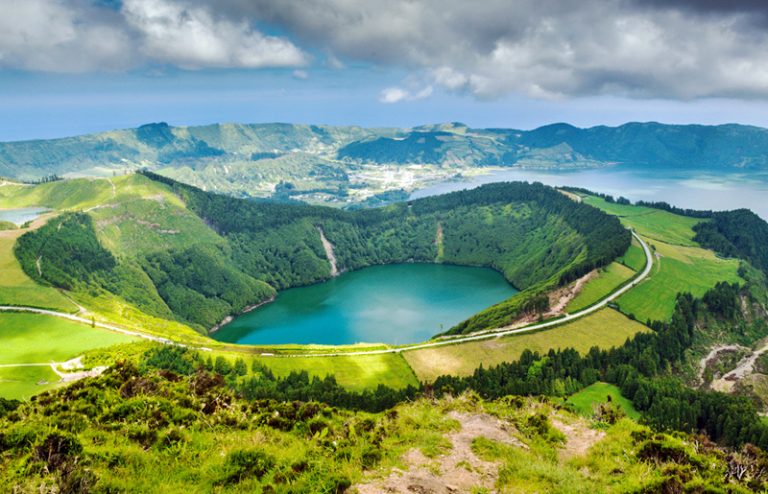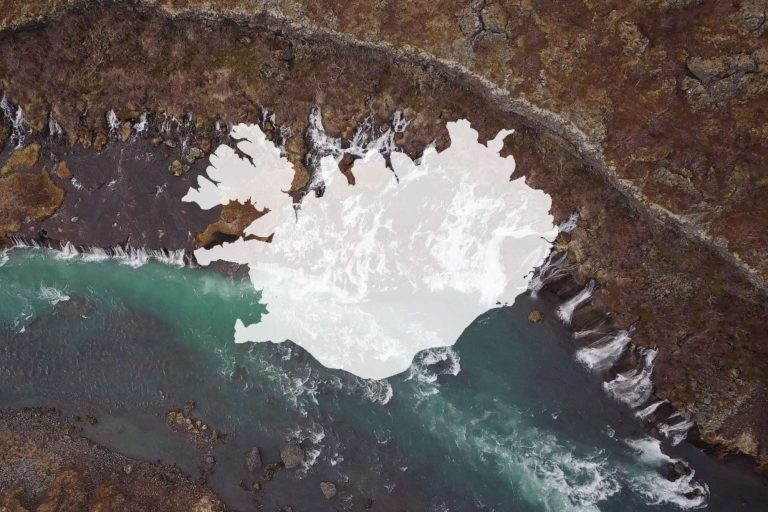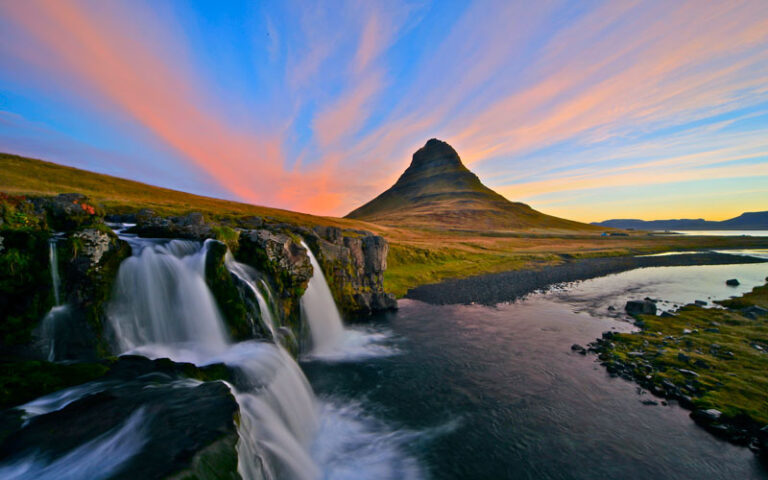#1 Ultimate Ecotourism in Costa Rica
Costa Rica is home to 22 national parks that cover 26% of the land, protected beaches, 5% of the world’s biodiversity and produces 99% of its energy from renewable sources. Often cited as the poster child of ecotourism, if you are looking for a shining example of sustainability, look no further.
Costa Rica is known for a specific philosophy they call ‘pura vida’. This laidback attitude may seem surprising as when you look below the misty treetops you see that Costa Ricans are hard-working innovators who go to every effort to protect their unique part of the world.
What will you study:
- Biodiversity
- Rainforest Composition
- Ecosystems
- Deforestation
- Climate Change
- Renewable Energy
Plus! Engaging with local culture as a part of our Responsible Travel approach, participate in tree planting, turtle conservation and visit a sloth sanctuary!
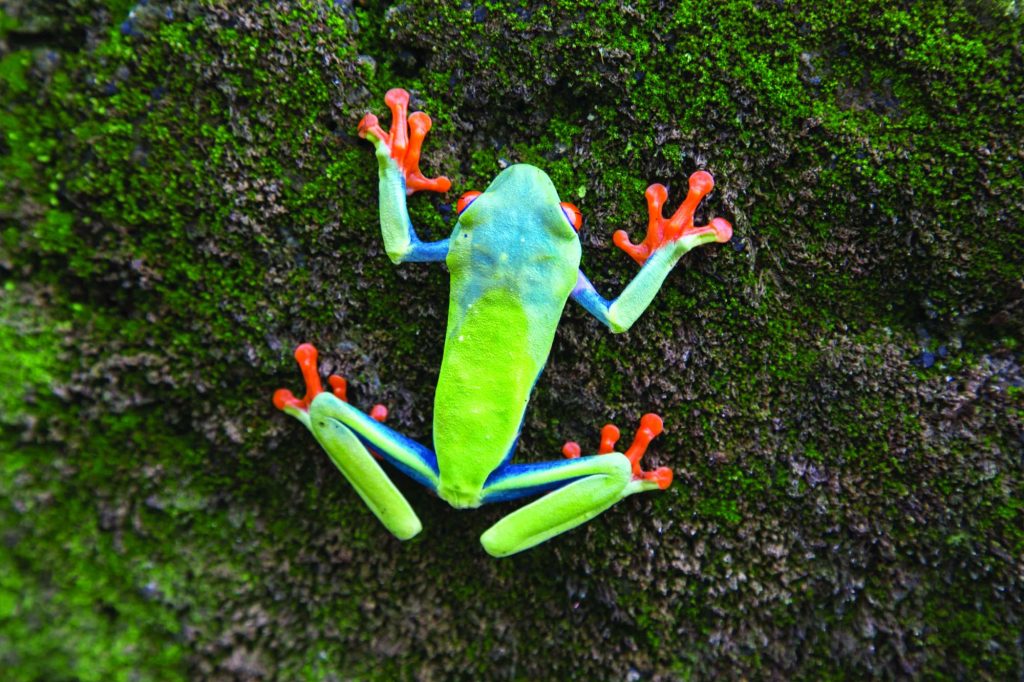
Sustainability by numbers
- Distance from London: 5,420 miles
- Environmental Performance Index (EPI): 67.85
- Cost to carbon offset return flights with World Land Trust: £50.17 pp
- 99.2% renewable energy, from which 78% is of hydroelectric sources and 18% come from geothermal and wind power.
- Costa Rica is home to 5% of worlds biodiversity but only 0.03% of world’s surface.
- 25% of land is protected forests and reserves.
11 days in Costa Rica
Day 1 – San Jose
When you arrive in San Jose you will be stepping foot in one of Latin America’s most sustainable cities.
San Jose has many colonial influences but also preserves artefacts from the traditional practices of their ancestors. For example the Gold Museum in San Jose hosts a remarkable array of traditional artefacts from Aztecs. The city experiences heavy traffic but there are also a number of parks including the Parque Metropolitano La Sabana which is known and the ‘lungs of San Jose’.
Day 2 – Experience the unique landscapes near Poas volcano and Monteverde
On your first full day in Costa Rica you will leave the busy city for the lush green surrounds, heading first for one of Costa Rica’s 22 national parks, Poas Volcano National Park. Here, budding geographers can study the volcano and also the impact the volcano makes on the fertility of the land around it. You will visit a coffee plantation and the artisan town of Sarchi where students will gain an understanding of the importance of sustainability to the area. You will also enjoy a traditional cooking class- sharing cultural practices is a crucial step towards making your trip more responsible.
You will then journey to one of Costa Rica’s most treasured areas, Monteverde Cloud Forest.
Day 3 – Biodiversity in Monteverde
Your guides will lead you on a walking tour to spot the unique wildlife that live among the misty treetops of the Monteverde cloud forest. Your biologist guide will lead the way across the hanging bridges where so many rare creatures reside. Of course there is no better way to grasp the scale of the forest than via a zip wire through over the canopy. Treetop canopy hanging bridges with a biologist guide.
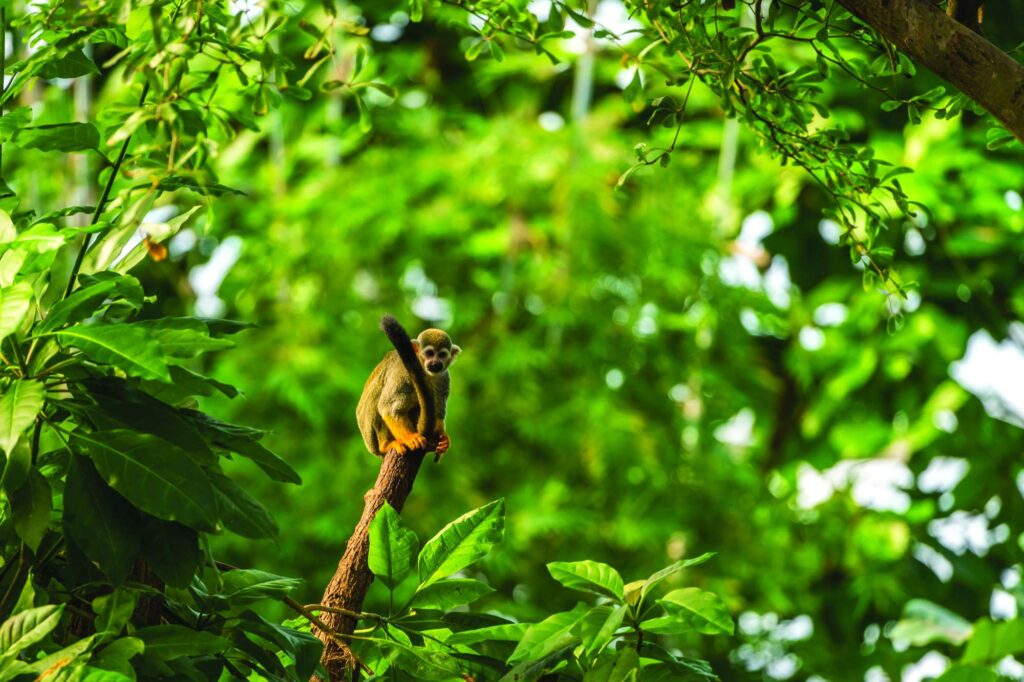
Day 4 – Renewable energy in Arenal
On your fourth day students will truly experience how innovative Costa Ricans are with their natural resources. In Arenal Volcano National Park students will learn not only about lava flows from the volcano but also visit wind farm and learn about hydroelectricity in the area. When close to a volcano, locals have the benefit of geothermal energy and students will experience one of these benefits for themselves by bathing in the Baldi Hot Springs.
Day 5 – Sloth studies and tree planting
It is time to meet one of Costa Rica’s most iconic locals, the sloth. Sloths aren’t endangered in Costa Rica but they are in other countries, your guides will explain what makes sloths unique.
As part of your carbon offsetting for your trip you students will plant a tree before heading on to the Tirimbina Biological Field Station for an afternoon or twilight guided rainforest walk. As a discursive exercise, why not challenge your students to discuss the impact of deforestation on the local community?
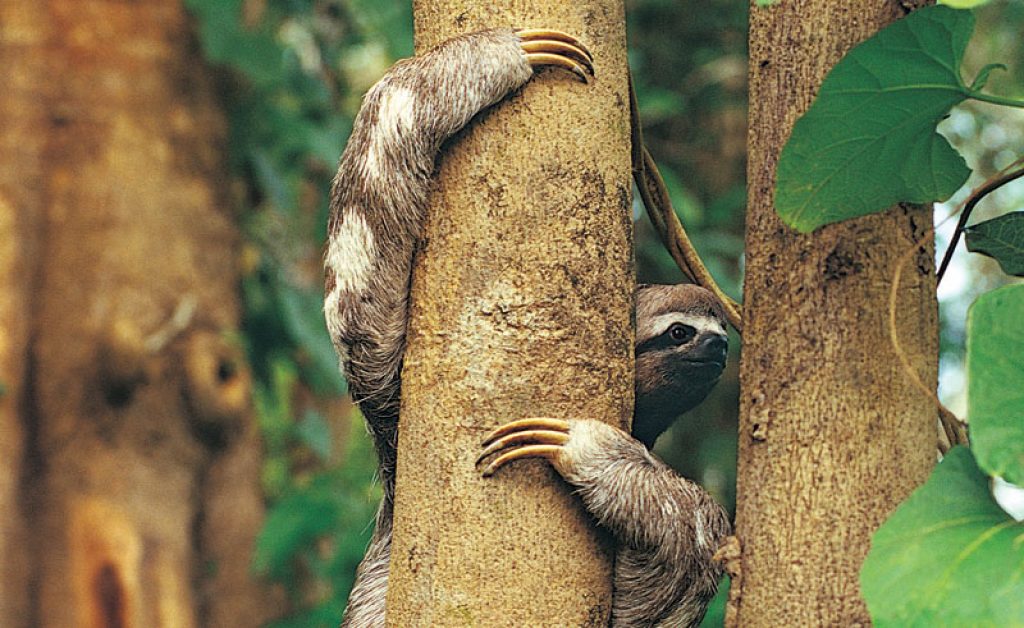
Day 6 – Forest composition or sustainability lecture
Your group will have the choice of three field studies programmes, ‘Forest composition’, ‘ecology and diversity’ or the ‘bat programme’ – each of which will provide insight into these unique ecosystems.
You will then enjoy a rainforest tour and lecture on sustainability and conservation.
Day 7 – Rainforest and river exploration
This are of Costa Rica also attracts tourists for another reason, white water rafting! Students will have a chance to try out this challenging activity and engage in some team building activities. Your overnight stay is in a rustic camp within the forest, an excellent opportunity to connect with nature!
Day 8 – 10 Turtle Conservation
The last few days of your trip are some of the most important. At the Pacuare Leatherback Turtle Reserve your group will learn about the challenges to turtles in Costa Rica. There are many species that visit the beaches here and they all are faced by various threats on their way.
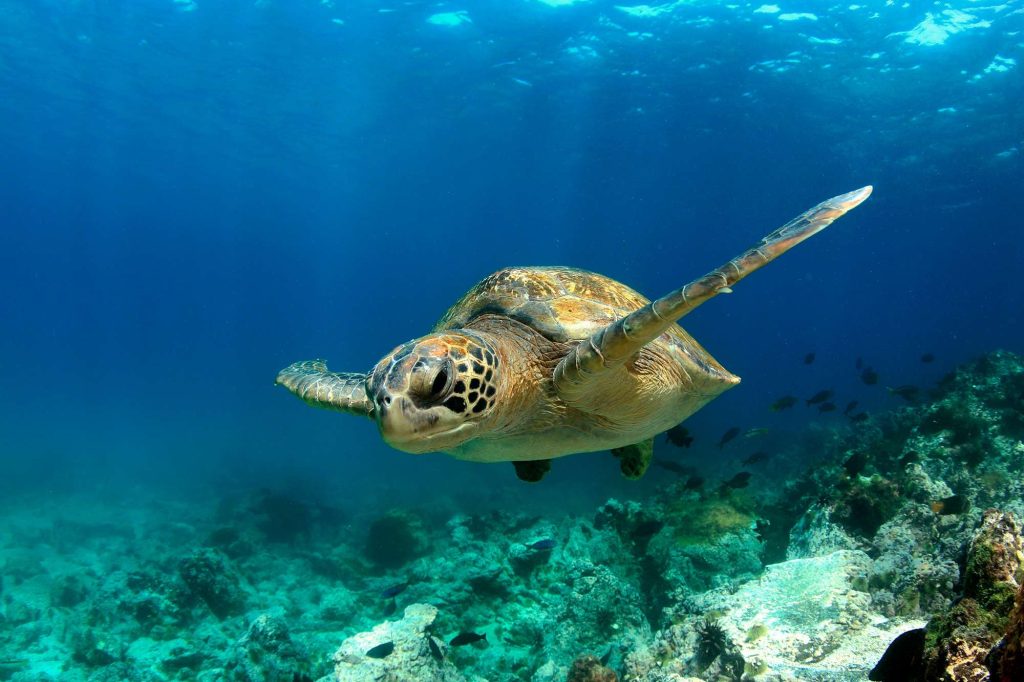
Day 11 Hydroelectric power
On your last day there is just enough time to visit the Cachi HEP station to understand how Costa Rica is harnessing the energy of its natural environment to power the country.
